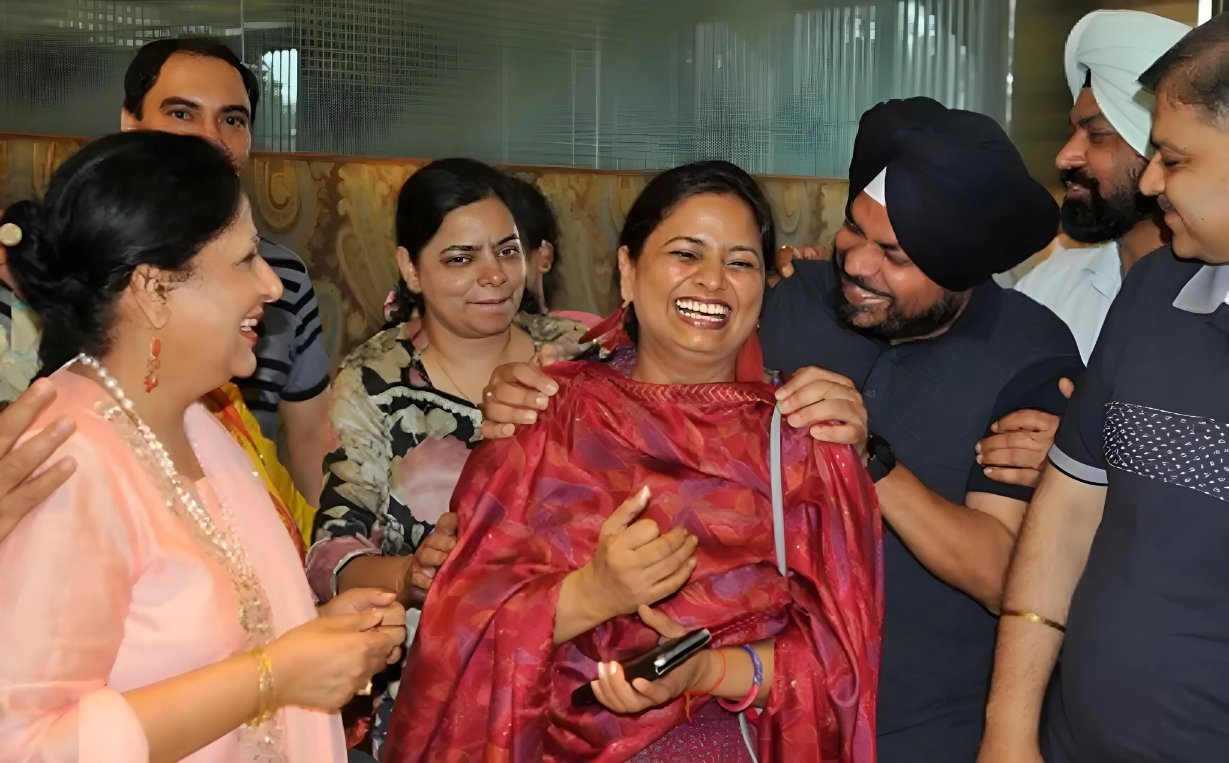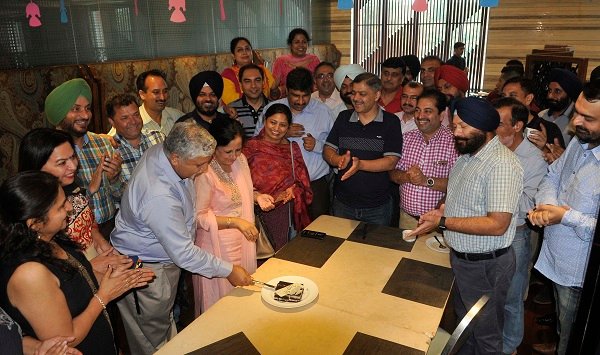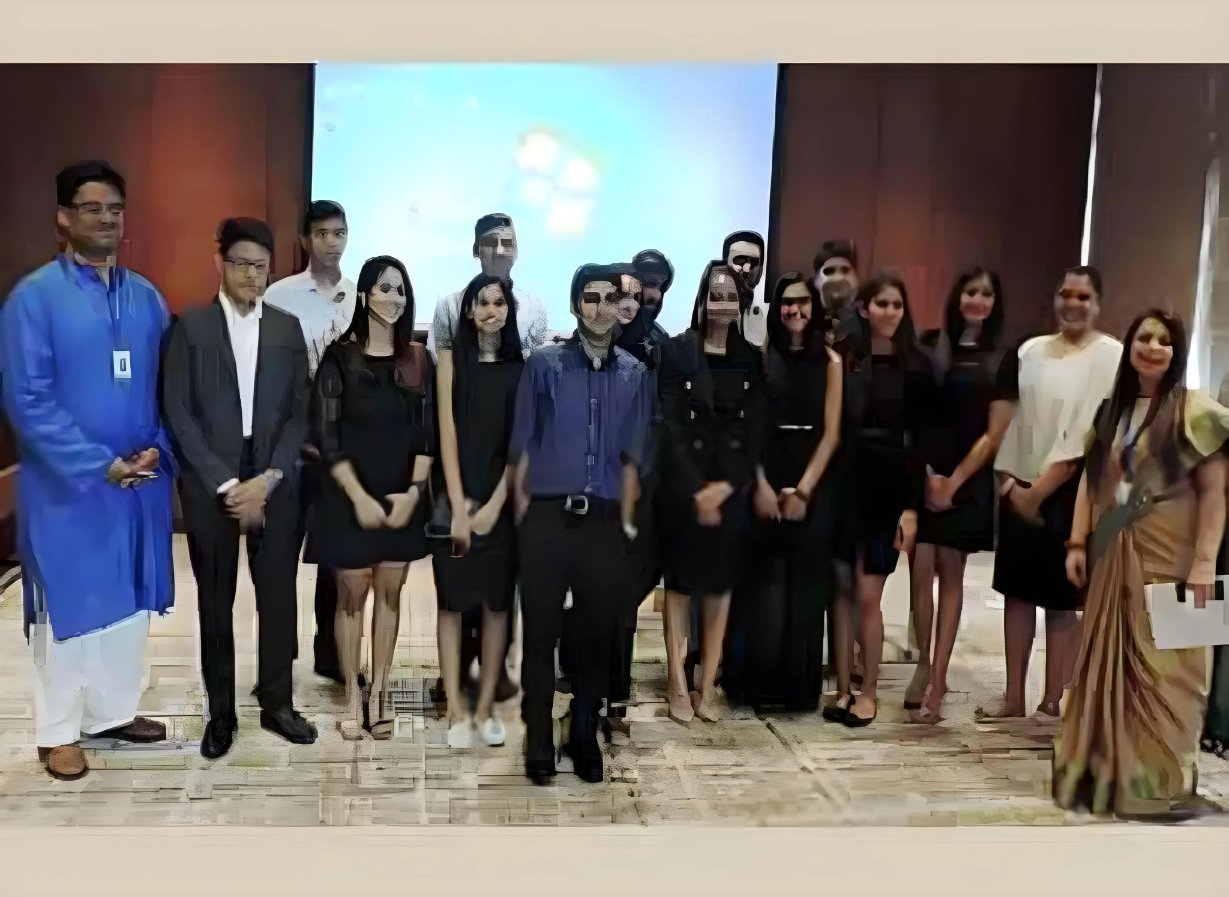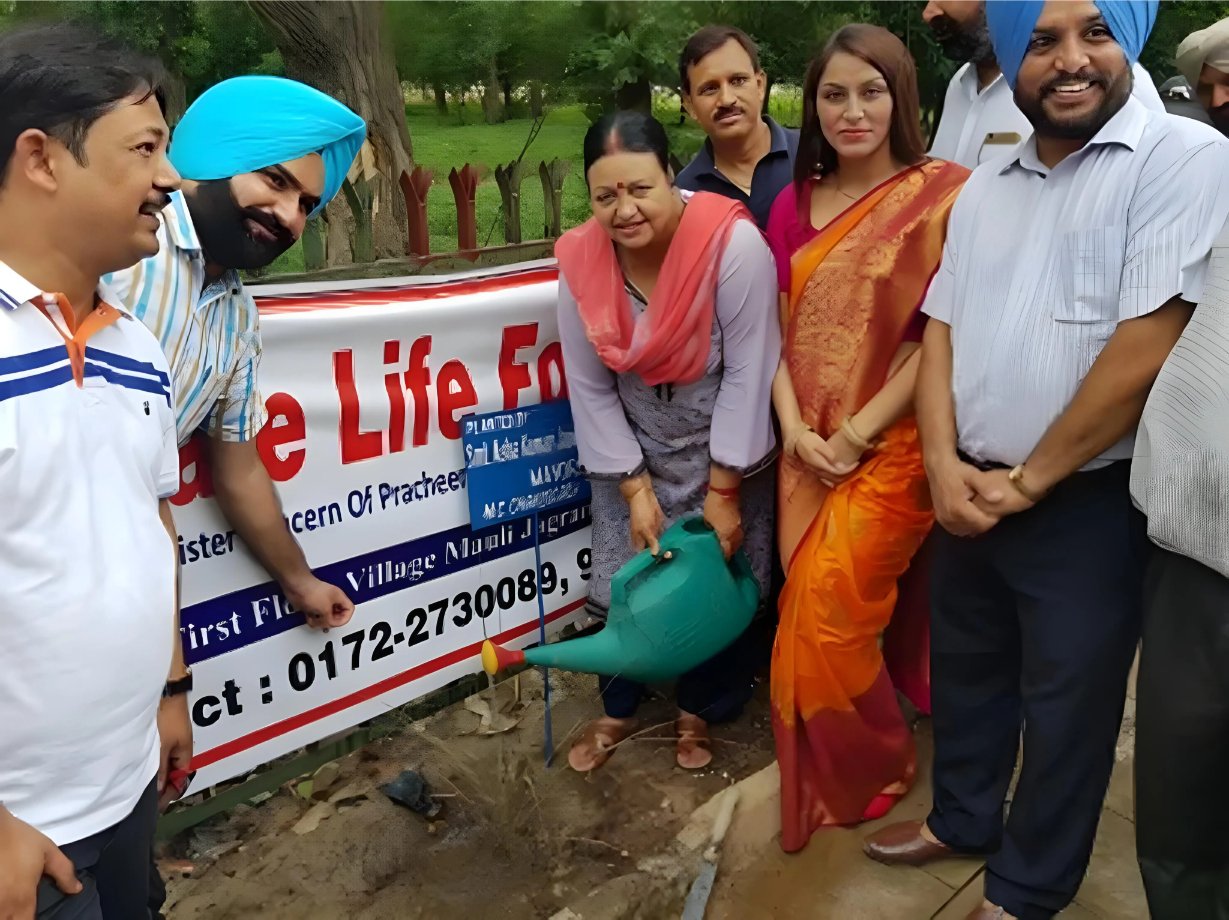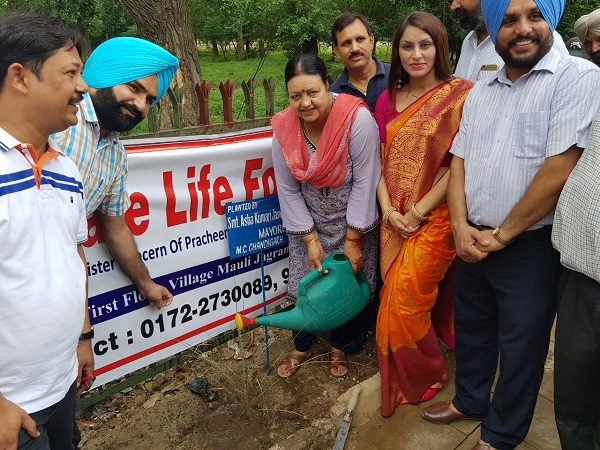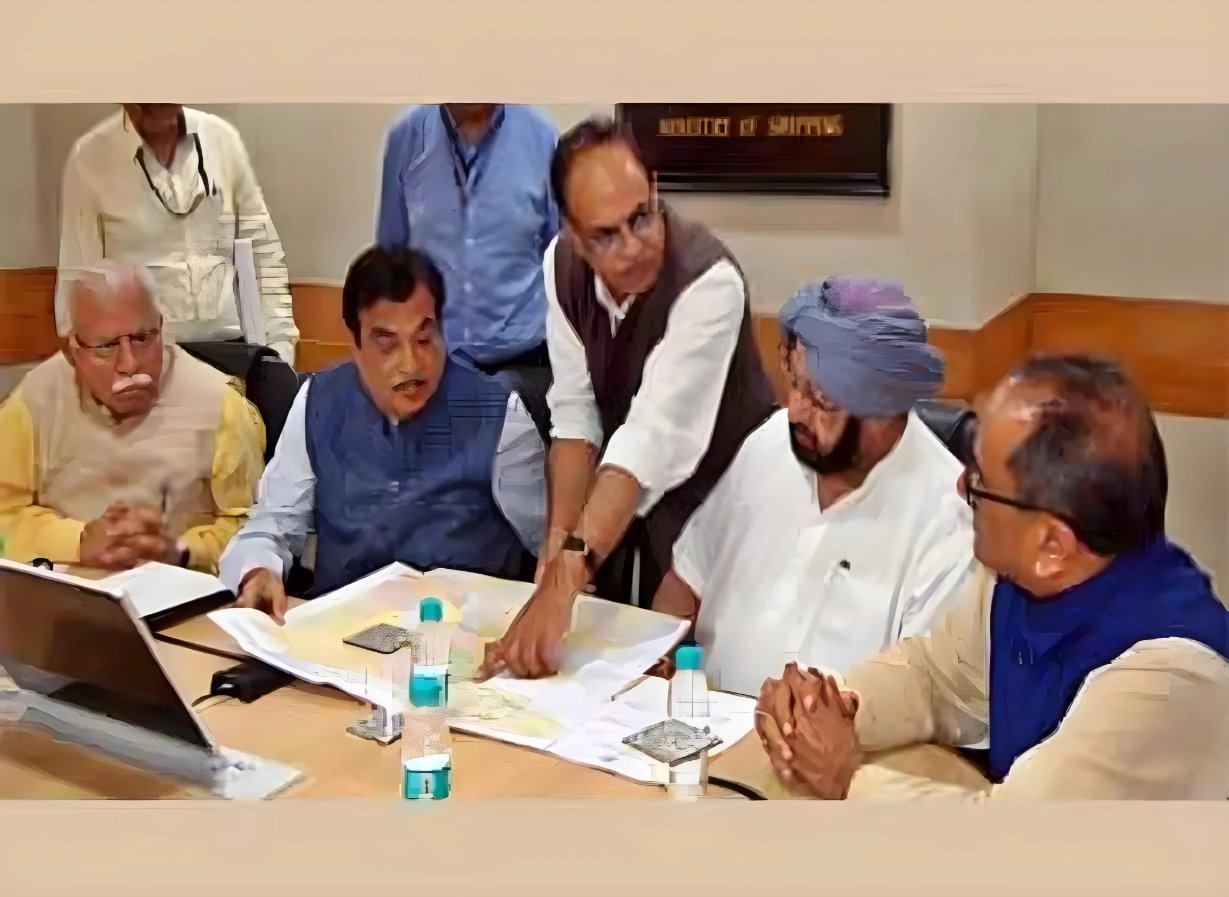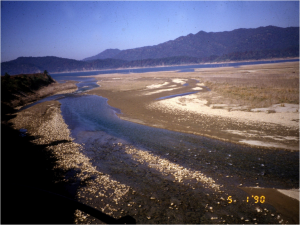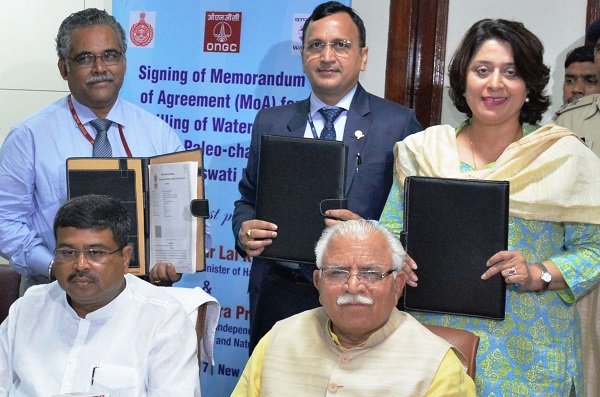India needs to add 1, 20, 000 MW of Green energy through solar power, biomass and wind power by the year 2022. Achieving this ambitious target would require tens of lakhs of trained manpower at facilities coming up on the ground at a frenetic pace.
In this connection, the Skill Council for Green Jobs (SCGJ), an initiative of the Union Ministry of New and Renewable Energy and Confederation of Indian Industry (CII), and Punjab Energy Development Agency (PEDA) will be jointly setting up a Centre of Excellence for skill development in the state, targeted at meeting an estimated demand for 15 lakh Green jobs in the region.

PHOTOS BY: LIFE IN CHANDIGARH
Revealing this while addressing a ‘Convention on Green Growth and the Future Jobs’, organised by CII along with Chandigarh Chapter of CII Indian Green Building Council (IGBC) and SCGJ at CII Northern Region headquarters here on Thursday, Dr Praveen Saxena, Chief Executive Officer, SCGJ, said “The modalities for setting up the Centre of Excellence are being worked out. Youth from the region would be skilled at par with international standards and given certification by the government. Government certification on international standards will enable youth to find work anywhere in the world”, he added.
Dr Sabeena Mathayas
Dr Saxena said, “Going Green is a multi-million dollar industry with huge opportunities for jobs and creating new avenues. The country needs to add 1,20,000 MW of Green energy, through solar power, biomass and wind power. This will not only help protect the environment, but also create jobs for the youngest country in the world with an estimated 65% youth manpower in the next 10 years. The National Skill Development Council (NSDC) is working on sectors like water, waste management, transport, etc. to standardize skill practices and aligning them with international standards.”
On the occasion, a MoU was also signed between national SCGJ and JS Renewable Pvt Ltd, Delhi, under which 200 employees of JS Renewable will be trained by the Council. The training and certification will be conducted under the Recognition Prior Learning program.
Addressing the gathering, Dr Sabeena Mathayas, Educational Leadership and Policy Studies Consultant – Standards, NSDC, said, “The industrial eco-system is changing with the adoption of eco-friendly practices. This also requires changes in the methods of training and skills imparted to workers to match skill needs and fill any skill mismatches. The Council has been working on standardizing the curriculum of skill training programs for workers to make them employable for Green jobs, which means adopting skill practices which minimize the impact on the environment”.
PEDA Executive Director Balour Singh, in his address, said, “The government is working on a mission mode to maximize the use of Green energy so as to preserve natural resources. To promote the same we need trained people who will work on the ground and Green entrepreneurs who will in turn create jobs in this sector.”
Abhimanyu Deswal, Co-Chairman, IGBC Chandigarh Chapter & Director, GLM Infratech Pvt Ltd, said, “With enormous amount of construction happening all across, the real estate industry needs to explore the concept of Green buildings. With emerging green economy, Green jobs will follow.”
Prof (Dr) Rudra Rameshwar from LM Thapar School of Management, Thapar University, Patiala, emphasised that India’s overall goal should be growth through quality jobs and investment, growth through trust and transparency and growth through effective regulation in order to start a new cycle of economic growth covering the 17 goals for sustainable development.






